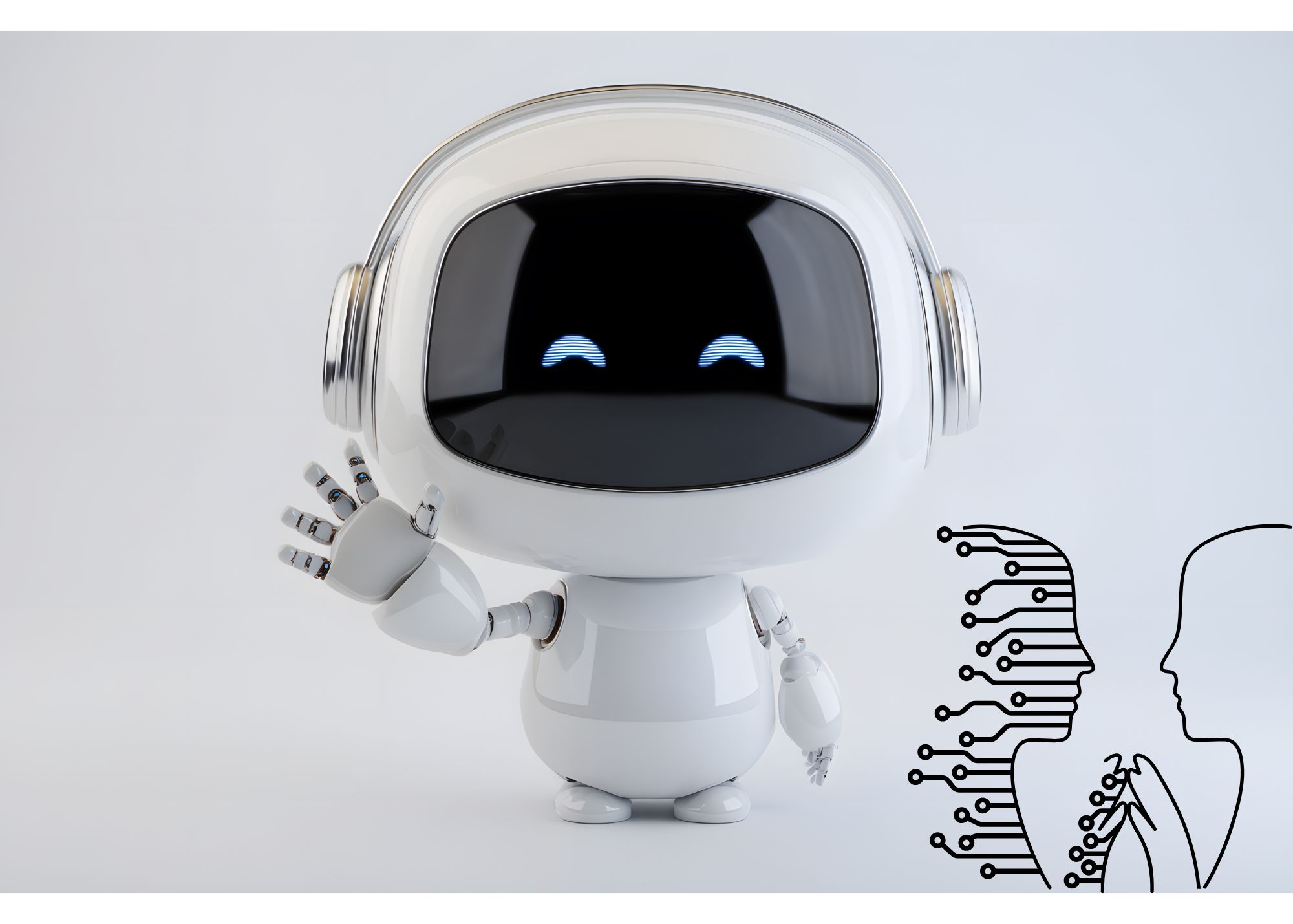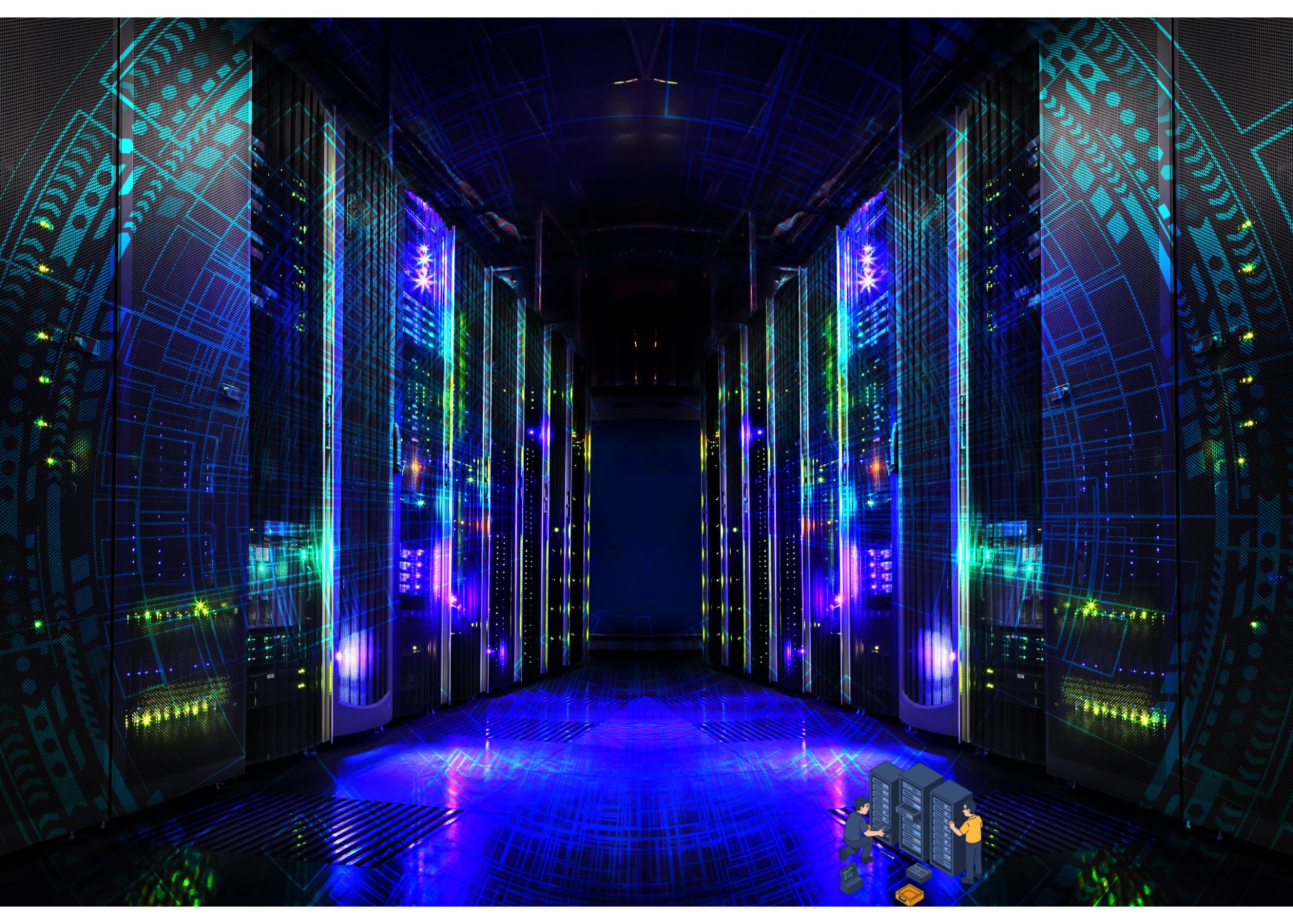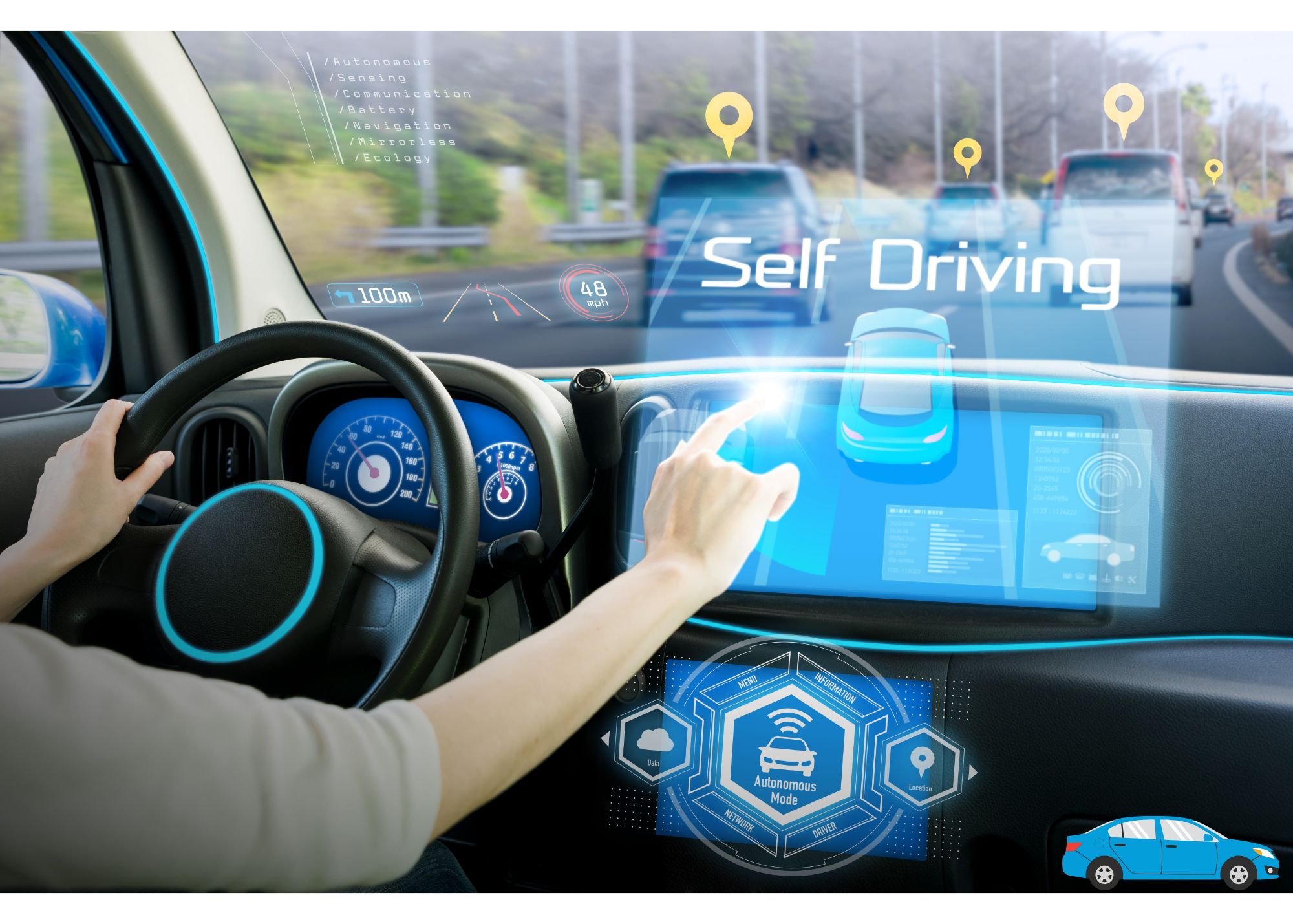The Future of Technology In 2026 and Beyond
Over the past decade, the tech sector has tended to rebound after bouts of underperformance, about 80% of the time, historically. This year looked like another chapter in that same story: short-term skepticism giving way to renewed conviction.
Now, as we move into the final quarter of 2025, several massive forces are quietly re-shaping the landscape. From humanoid robots that can reason to chips built for trillion-parameter AI models, these breakthroughs could define the next generation of market leaders.
Key Points
-
Humanoid robots and advanced infrastructure are turning artificial intelligence into a real-world productivity engine.
-
Semiconductor and networking demand is soaring as AI workloads scale worldwide.
-
Cybersecurity, social commerce, and quantum computing are becoming the next major growth arenas.
AI Goes Physical
Humanoid robots are moving from science fiction to industrial reality, and fast.
Engineers are teaching machines to see, hear, and feel their surroundings using large multimodal AI models that fuse sensory data with reasoning. That allows robots to make decisions in unpredictable real-world environments.
The biggest breakthroughs now hinge on dexterity, getting robot hands to handle small, complex tasks like humans do.
The key enabler? Synthetic training data. Just as large language models learned from oceans of text, robotic “foundation models” are learning from simulated environments and demonstrations.
Factories, warehouses, and logistics centers are expected to be the first testing grounds. These structured settings allow for “partial autonomy” where robots can already deliver productivity without mastering every edge case.
That’s why humanoid robotics could become one of the fastest-scaling physical-AI technologies ever, potentially unlocking trillions of dollars in labor productivity over the next decade.
Semiconductors Are The Engines of the AI Economy
Behind every AI breakthrough lies one truth, compute power rules everything.
The world’s biggest cloud providers and data-center operators are in a spending frenzy, pouring billions into GPUs, networking gear, and high-bandwidth memory chips that keep AI models running around the clock.
Next-generation chips, like Nvidia’s Blackwell architecture, are just entering mass production, enabling data transfer speeds of 1.6 terabits per second per port, roughly double last year’s leading technology. This is the backbone of the modern AI economy.
While 2025’s focus is still on training huge models, the real wave comes in 2026 and 2027 when those models are deployed at scale for inference, where they power chatbots, voice assistants, code generators, and self-driving systems in real time.
The takeaway for investors: chipmakers, memory suppliers, and networking innovators remain the picks-and-shovels of the AI boom, and their runway is far from over.
AI Is Rewriting the Rules of Defense
The digital battlefield is evolving faster than ever.
AI has become both a weapon and a shield in cybersecurity. Attackers are now using generative AI to automate reconnaissance, craft convincing phishing messages, and deploy ransomware in record time.
At the same time, defenders are striking back with AI-driven detection systems that identify anomalies in milliseconds. Major players are rolling out self-learning agents that monitor cloud environments, simulate attacks, and patch vulnerabilities automatically.
With global cybercrime costs projected to top $10 trillion annually, this is no niche trend. The fusion of AI and cybersecurity could define one of the most investable frontiers in the next five years, driven by necessity, not hype.
Quantum Computing Is The Ultimate Wild Card
While still early, quantum computing is inching closer to commercial reality.
Today’s systems boast thousands of qubits, but industry roadmaps are targeting the million-qubit threshold, where error correction and stability finally allow quantum machines to outperform even the most advanced supercomputers.
The implications are staggering. From drug discovery to logistics optimization to encryption cracking, quantum systems promise to solve problems that classical computers can’t even model.
Although the space remains speculative, investors are starting to take note of enabling technologies, cryogenics, quantum-safe cybersecurity, and specialized materials, that will power the ecosystem once quantum hits its inflection point.



